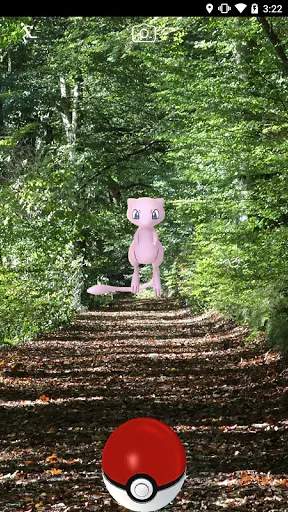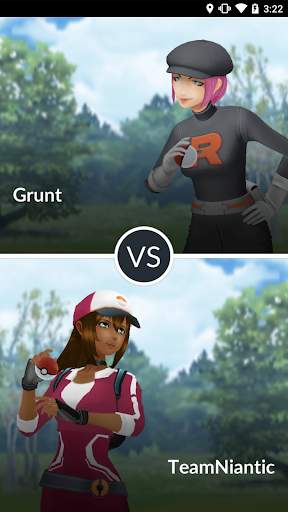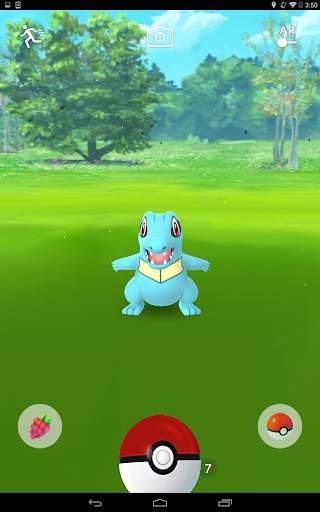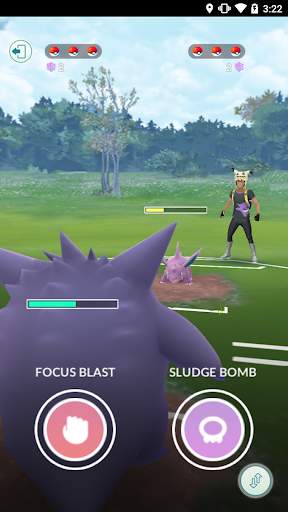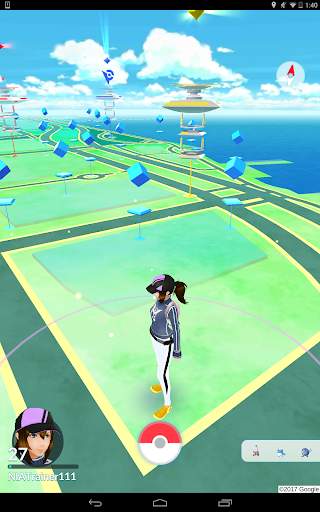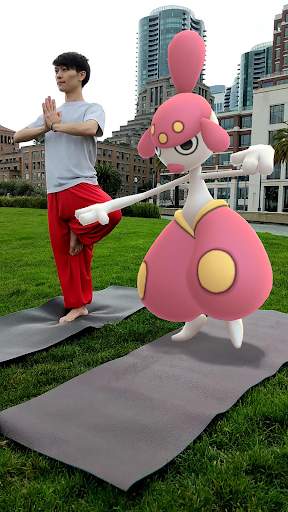

 /
98M
/
98M
With predecessors like Pokemon Red and Green in 1996, Niantic, Inc. had the difficult task of moving Pokemon GO into a new millennium. The goal was to make the game feel fresh for new players, but with the mystique of the early installments to retain older fans. The question is, how could it make this? Read this note, and you will know. Gameplay Over there in the year 2016, in a market dominated by Candy Crush and FIFA, Niantic, inc. An unknown company, did their best to revive the childhood of millions of adults with Pokemon GO. By 2020, with countless improvements and fixes, it is one of the most downloaded video game applications in the world with over 60 million users. The game is based on a simple premise: all pokemons must be caught. To achieve this goal, the user has to log into their Google account and through the location of their mobile device, go outdoors and search for the characters that will appear in real-time on the map. One of the main reasons for the success was the implementation of augmented reality, which allows the player to use the camera to see the adorable creatures and be able to catch them by throwing pokeballs with the touch of the cell phone. So that the gameplay doesn't become repetitive, we also have the option to level up as we capture them. We can also feed them and even assemble our ideal Pokemon team to go and challenge the gym leaders, who, along with the pokestops, where we can do things like buy pokeballs or other items, are located in strategic places on our map. On the other hand, it is not all about hunting little monsters on our map, and the game is meant to be played socially from the very beginning. Apart from forcing the user to go outside to find pokemons, you also have to choose a team among three, which will make you automatically compete against the other two for conquering gyms. Visuals Pokemon GO graphics are clear proof that less, is more. Being based on our map and camera, it shows us a resignificance of those apps that we already know. In this way, that map that you usually use when you're lost becomes a world of pokemons, and the camera that captures reality, meets the little 3D creatures. However, for cell phones that lack the graphics engine to use augmented reality, a small animated map was implemented where the capture can be made without the need to open the camera. Controls Like the visuals, the controls are a great success because of their simplicity. Niantic decided not only to use a simple interface for the menu, but also very reminiscent of the previous installments of this saga. Therefore, they appeal not only to people unfamiliar with the controls of a video game, but also to more experienced players who can't help but feel a hint of melancholy. After that, it's all simpler, the controls are reduced to touching the screen of the phone when you see a pokemon, dragging your finger to throw a pokeball at it, or a simple combination of three possible options to dodge the sides and attack in gym duels.
